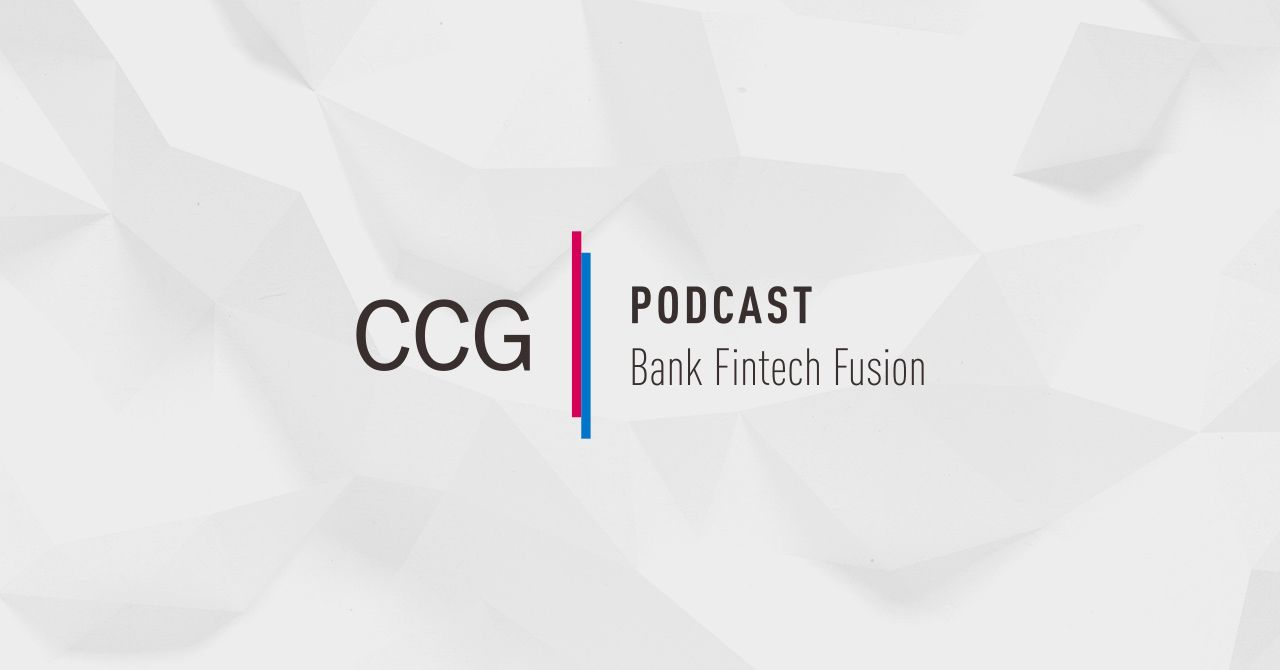Distinguishing Between Customer Experience and Engagement
July 27, 2023
By: Kate Drew
Customer Experience Versus Customer Engagement
As financial institutions across the country look to build loyalty and rein in new customers (and their deposits), a lot of emphasis is being put on customer experience and engagement. But less discussed is the distinction between those two things — and it’s an important one. Customer experience refers to how enjoyable and seamless it is to interact with your bank, while engagement refers to how often customers are pursuing those interactions. Both of these are important elements in driving business, but understanding the difference is key. And unfortunately, many banking providers appear to be falling short on that front; in fact, according to data from Engageware, only one third of financial services professionals surveyed say their institution distinguishes customer experience from customer engagement.
Let’s break this down a little bit. Customer experience, on one hand, is essentially a driver of overall satisfaction. A customer will likely determine how happy they are with your institution, for example, based on the experience (or experiences) you provide. These can be digital, physical, or a mix of both. And getting the customer experience right, no matter the channel, is critical to creating positive relationships with your customers. Engagement, however, is about how deep those relationships are. How often do customers interact with your institution? How many products and services do they make use of? What portion of their financial life is your organization part of? It is less a measure of satisfaction (though it can point to it indirectly) and more an indicator of stickiness and loyalty. Or put another way, if customer experience defines how your business is perceived, customer engagement tells you how important a role it plays.
The problem with lumping these ideas together is that you risk glossing over one side of the coin. For example, focus primarily on driving satisfactory experiences, and you may end up with a lot of generally happy but not necessarily loyal customers. In a competitive environment, that is not good. Alternatively, a greater emphasis on engagement at the expense of experience could lead to disgruntled customers who’d like to jump ship but feel they are in too deep. Or worse, high engagement on its own could mean customers have to keep coming back for help or solutions to issues. And that’s bad for your brand. A better approach is to look at customer experience and customer engagement as distinct but related levers under relationship building, using each as measures of client success. The goal should be to figure out how to create a consistent web of positive interactions for your customers while also making sure to track how well those interactions translate into retention and additional business.
Ultimately, banking providers need to do two things today — make customers happy and keep them loyal. Perhaps the easiest stumbling block in all of this is how easy it is to believe that happy customers will be loyal or that loyal customers are undoubtedly happy. Neither of these is always true. As such, parsing out not only customer experience from engagement but also satisfaction from devotion is likely a worthwhile exercise. It’s those institutions that can do this well, those that understand the nuances of customer behavior, and crucially, how to respond with a multifaceted strategy, that will be best positioned to win in this increasingly challenging environment.






